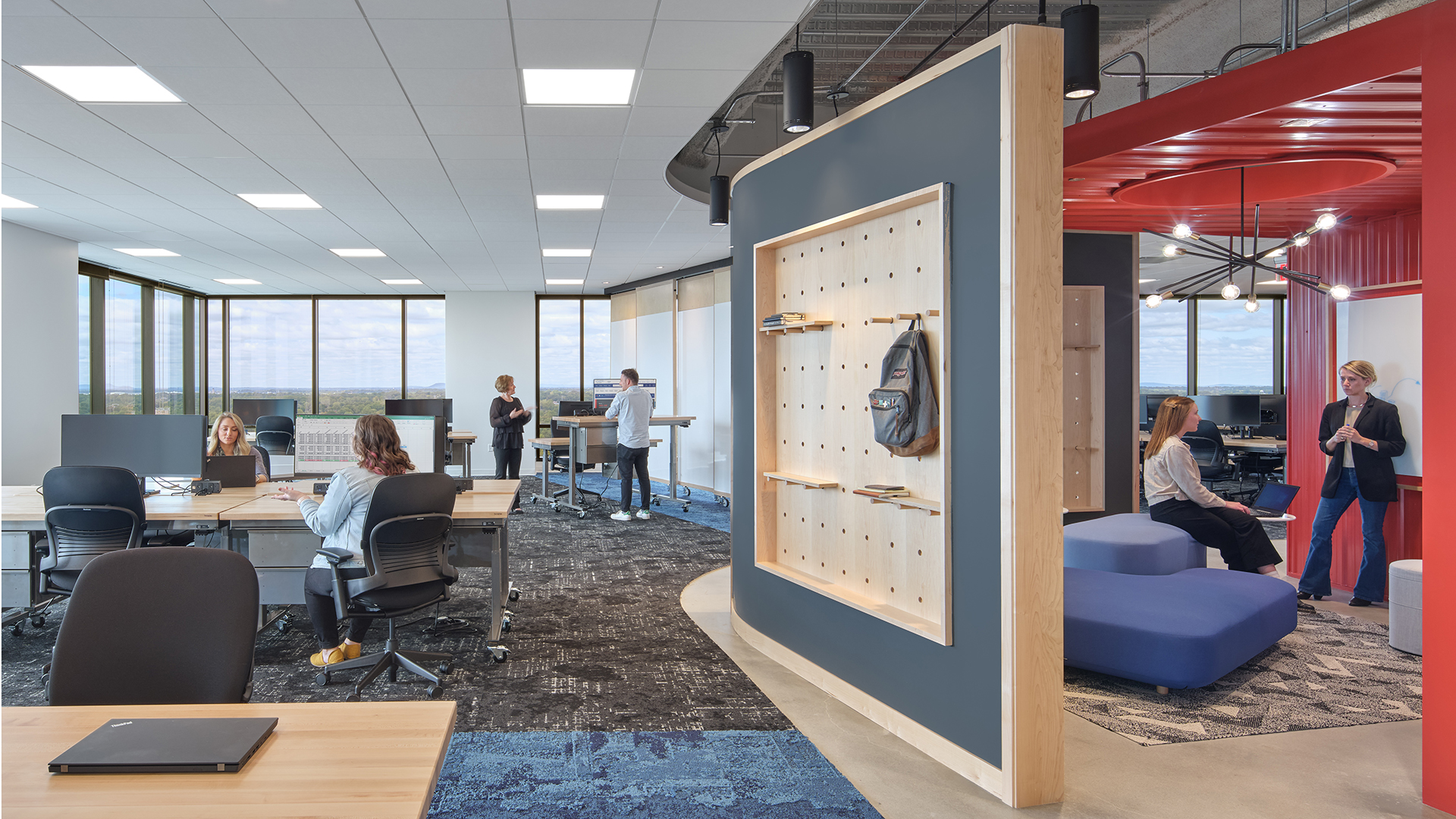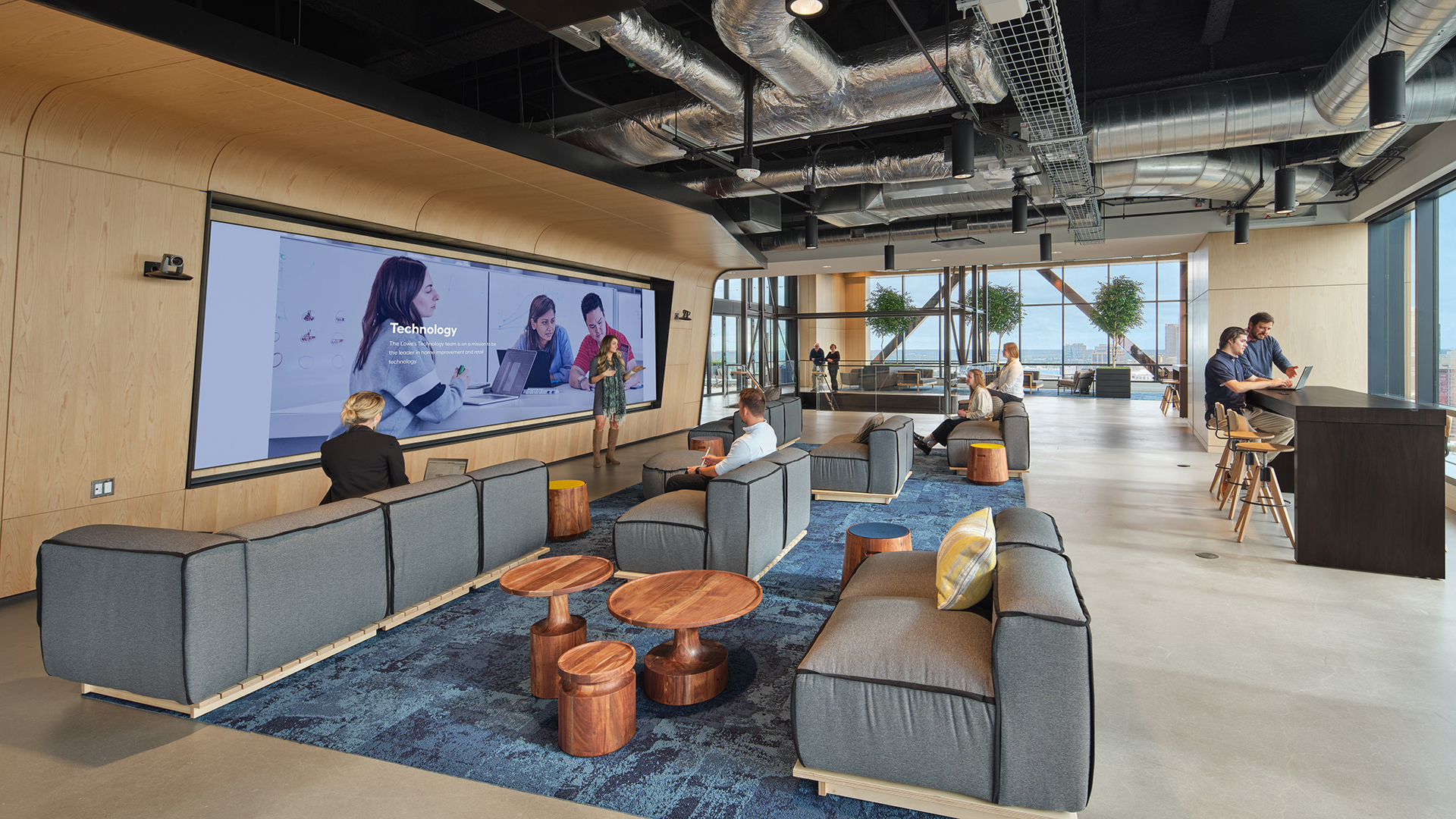From our phones to gaming platforms like Occulus Rift and even in our cars, technology is embedded everywhere to make our experiences more immersive and streamlined. And, with the arrival of Gen Z or “Digital Natives” into the workforce, organizations are witnessing a seismic shift in workplace expectations. Born between the mid-1990s and early 2010s, this generation has grown up in an era defined by technological advancements and rapid digital transformation. As they embark on their professional journeys, Gen Z brings a unique set of values, preferences, and aspirations that are reshaping the modern workplace.
CUTTING EDGE TECHNOLOGY INTEGRATION
As Digital Natives, Gen Z possesses an inherent comfort and fluency with technology. They expect companies to embrace the latest technological advancements and provide an environment that supports their digital skills and interests. Companies that want to future-proof their business will need to invest in state-of-the-art technology infrastructure, tools, and software to enhance productivity and provide a seamless digital experience.
A digital workplace integrates and streamlines various digital tools, applications, and systems into a unified platform. This digital integration extends past the hardware and software applications we use to do our work and into edge devices that help organizations better manage their office space. Enhancing efficiency, digital integration eliminates silos and promotes a seamless flow of information and data across different departments and functions. Cloud computing is one tool that has significantly impacted the digital workplace, transforming how organizations operate and enabling new ways of working. It has become an essential component for organizations that seek to embrace digital transformation and create a modern, flexible, and efficient work environment.
COLLABORATION IS KEY
Through tools like instant messaging, video conferencing, shared documents, and project management platforms, digital workplaces leverage technology to facilitate seamless collaboration and communication among employees while enhancing teamwork and productivity. Gen Z thrives in collaborative environments where they can engage in teamwork and creative problem-solving. In addition to integrating virtual collaboration, companies should also focus on creating inspiring physical environments that foster collaboration, innovation, and social interaction to encourage impromptu interaction and idea sharing.
We believe organizations that focus on providing an environment that fosters collaboration will experience greater in-person attendance. In turn, this engagement leads to opportunities for younger staff to receive informal mentoring, a key component of what Gen Z strives for in the workplace.

CONTINUOUS LEARNING & EDUCATIONAL DEVELOPMENT
If you post it, they will learn. Gen Z is well-aware of the fast pace of change in today’s world. They understand acquiring new skills and knowledge is essential for personal and professional growth. Consequently, this generation prioritizes continuous learning and educational development. However, whether rightly or wrongly so, we often characterize Gen Z by their short attention spans and ability to process information quickly. They naturally gravitate toward concise and engaging content, which has led to the rise of “edu-tainment” (think TikTok and similar online or app-driven platforms) where complex ideas, concepts, or knowledge is distilled into bit-sized, entertaining videos.
There is value in this type of content as it allows employees to learn on the go or whenever they have a few minutes to spare. To cater to short bursts of learning, organizations and educational institutions can incorporate engaging visuals, storytelling techniques, and interactive elements into shortform learning experiences to capture attention and deliver valuable knowledge.
FLEXIBILITY ABOVE ALL ELSE
A defining characteristic of Gen Z, their desire for flexibility in the workplace goes beyond simply determining when and where they work. This demographic craves a work environment that allows for flexible work hours, remote work options, and the ability to balance personal and professional commitments effectively. They value a healthy work-life integration, seeking opportunities where they can pursue their passions, engage in meaningful activities outside of work, and maintain a positive mental well-being.
A digital workplace supports these ideas by enabling employees to work from anywhere and at any time, using various devices such as laptops, smartphones, and tablets. It embraces mobility and flexibility, allowing individuals to access resources, applications, and information remotely, and leading to increased agility and work-life balance. According to a 2023 study by Deloitte, 77 percent of Gen Z who are currently in remote or hybrid roles would consider looking for a new job if their employer asked them to work on site full-time.
One challenge of this hybrid model is coordinating team schedules to enable the in-person collaboration that is so important for Gen Z workers. Luckily, tools like a workplace experience app can streamline coordination by nudging employees to come into the office when someone in their “circle” schedules in-office time. In addition, organizations can expand these apps by incorporating news, announcements, and access to other company services and information, further deepening the connection between employees and their company.
Conclusion
It’s increasingly important for organizations to understand what sets this emerging generation apart and how to adapt to their work processes, communication methods, and workplace culture to effectively engage and empower these digital natives Leveraging their technological proficiency, collaborative skills, and innovative mindset can help organizations embrace digital transformation and thrive in the evolving digital workplace.
Melissa McDougall Jones contributed to this article.
Learn more about the working world and how it is redefining its culture. Little’s recently published Beyond Workplace III book explores the possibilities, the realities, and even the impossible.

